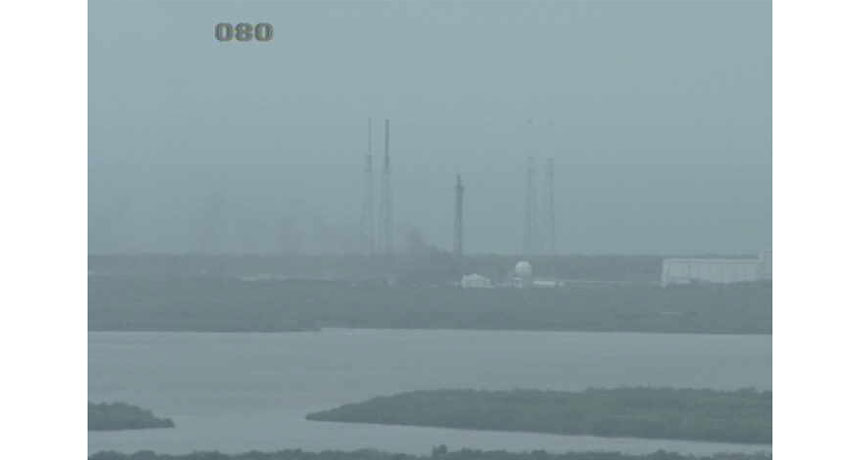SpaceX rocket explodes on Florida launchpad

The explosion of a SpaceX Falcon 9 rocket on September 1, 2016, sent smoke billowing over the Cape Canaveral skyline, as seen from a webcam at NASA’s Kennedy Space Center.
NASA Telescience Lab

The explosion of a SpaceX Falcon 9 rocket on September 1, 2016, sent smoke billowing over the Cape Canaveral skyline, as seen from a webcam at NASA’s Kennedy Space Center.
NASA Telescience Lab